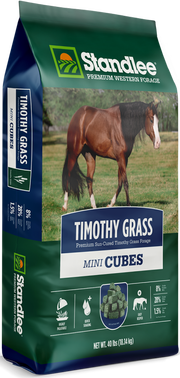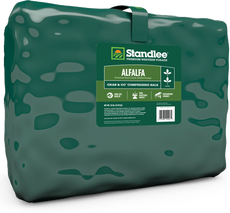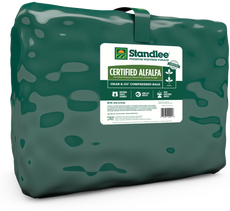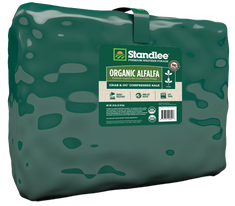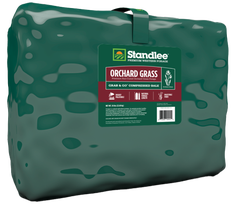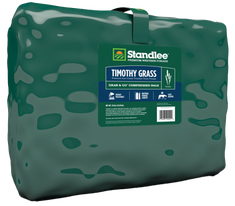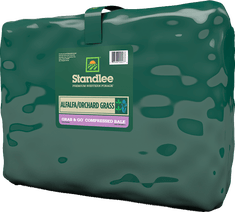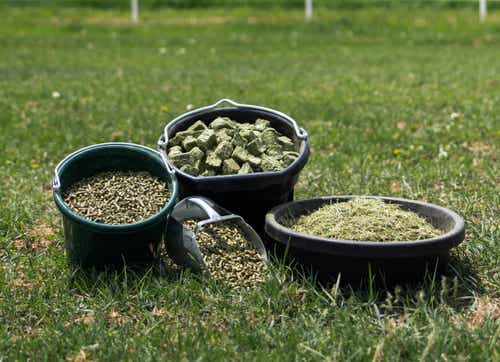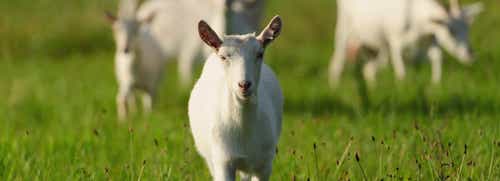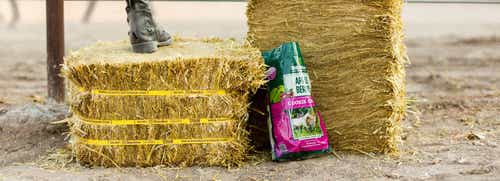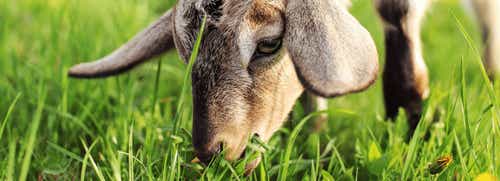
Feeding Horses in Winter: 3 Essential Tips for Forage, Hydration & Health
As temperatures drop and pastures go dormant, horses rely on their owners to provide consistent, high-quality forage and care. Feeding horses through the winter isn’t just about keeping them full – it's about maintaining digestive health, energy, and warmth.
Below are three essential tips for feeding horses during the cold months, including how to calculate forage needs and choose hay that supports health and comfort all winter long.
Maintain Proper Hydration
Water is the foundation of every horse’s diet. Without adequate intake, horses are at risk for dehydration and impaction colic – especially when temperatures dip.
A 1,000 lb. Horse needs 7-10 gallons of clean, unfrozen water daily, depending on temperature, workload, and diet. Horses drink roughly 1.5 quarts of water per pound of dry feed, so as hay intake increases in winter, water requirements rise, too.
Keep these best practices in mind:
- Offer warm or room-temperature water (ideally 45-65 F).
- Check tanks and buckets twice daily for ice.
- Use tank heaters or insulated buckets to encourage drinking.
- Add soaking forage cubes or pellets, such as Standlee Premium Timothy Mini Cubes, to provide extra hydration and fiber.
Prioritize Fiber to Support Warmth and Digestion
Fiber is the engine that keeps your horse warm. The fermentation of hay in the hindgut produces heat – a natural internal furnace that helps horses maintain body temperature.
Horses should receive at least 1.5% of their body weight in hay daily, with most thriving on 2-3%. For a 1,000 lb. Horse, that equals 15-30 lbs. Of hay per day. High-fiber forage also supports healthy digestion and helps prevent behaviors like wood chewing or cribbing that can occur when forage is limited.
High-quality forage options include:
- Alfalfa Hay or Alfalfa Mixes for horses needing more calories or protein.
- Timothy or Orchard Grass for maintenance or easy keepers.
- Grab & Go Compressed Bales for consistent, clean forage with reduced waste.
Monitor Weight and Body Condition
Maintaining a healthy body condition (BCS 5-6) is vital for winter health. Horses entering winter underweight may struggle to stay warm and are more prone to illness or poor performance.
Check body condition regularly and adjust forage amounts as temperatures drop or activity changes. If your horse is losing weight, consider adding higher-calorie forage (like alfalfa), soaked cubes, or oil-based supplements under guidance from your veterinarian or equine nutritionist.
How Much Hay Does Your Horse Need for Winter?
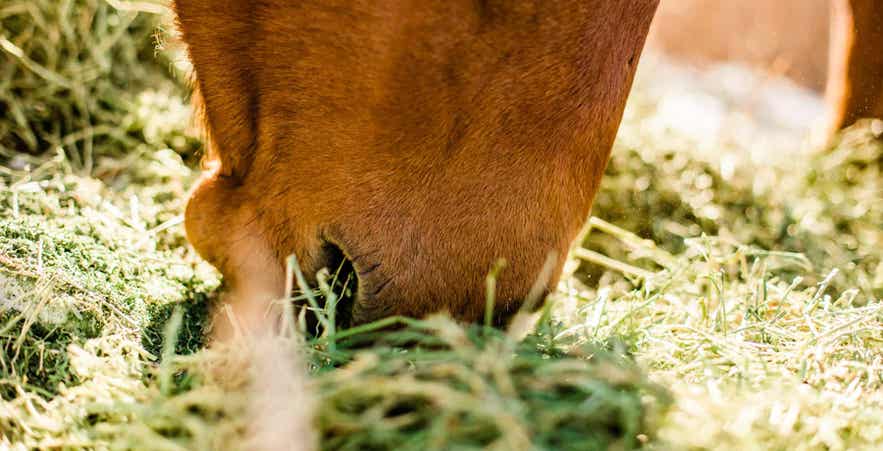
Cold weather means increased caloric demands. Horses burn more energy to stay warm, and without adequate forage, they can quickly lose weight. We typically have approximately 5 months (~150 days) of winter/mud season that our horses need 100% of their forage requirements supplied by hay or hay alternatives, which may vary depending on your location.
Here’s a breakdown for calculating hay needs:

That means a single 1,000 lb. horse consuming 2% of their body weight per day requires 20 lb. per day of total forage intake. In one month, a horse should be consuming approximately 600 lb. of hay.
For boarding operations or multiple horses, planning ahead ensures consistent supply and nutrition. Use Standlee’s Feed Calculator Tool to estimate how much hay or forage to purchase and feed based on your horse’s weight and workload.
Putting It All Together
Feeding horses in winter comes down to three essentials: hydration, fiber, and condition management. By keeping water accessible, offering plenty of quality forage, and adjusting feed to match temperature and activity, you’ll help your horses stay strong, healthy, and warm all season long.

